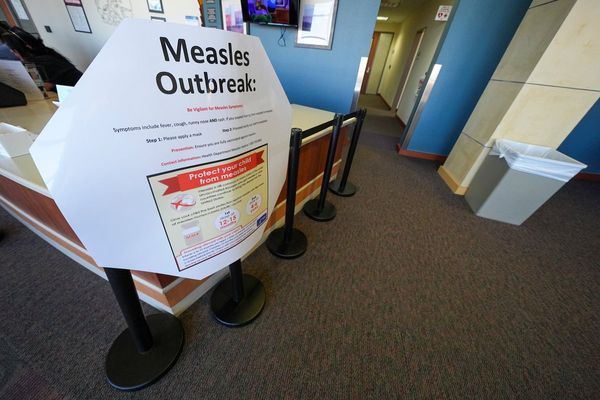In our competitive society, some consider it a badge of honor to get only four or five hours of sleep a night, or pull all-nighters in the service of work. And forget naps. But sleep may have more benefits than just making you sharper and more alert during your waking hours. Sleep also brings dreams, and these, according to new research, can give shape to creative ideas that come to us like gifts from a muse.
While you sleep, your brain isn’t idle. It’s still working for you — and now scientists have found ways to direct dreams and squeeze more creative juice from them.
Even if you don’t remember what happened in a dream, synaptic pathways are changing in the brain, said Harvard Medical School psychiatrist Robert Stickgold, who has been studying dreams for decades. Associations are made and then strengthened while we sleep, he said, and that can lead to those ideas we get and wonder where they came from.
Thomas Edison, Mary Shelly and Paul McCartney all reported creative ideas coming from dreams. Salvador Dali even wrote of his own dream-hacking technique — napping as he held a key over a plate so it would fall and wake him in time to remember his dreams and make artistic use of them.
Dali was on to something. There’s a phase called N1, right as you’re first falling asleep, when your dreams are most likely to follow from the thoughts you’re having as you drift off, and when a well-timed suggestion can steer the course of your dreams. Building on Dali’s experiment but using a device that detects the onset of N1, Stickgold and a group of researchers from the Massachusetts Institute of Technology showed they could induce people to dream about a particular subject and that doing so helped them become more creative, at least temporarily. They published their findings last month in Scientific Reports.
Until the last few years, dream research wasn’t respectable science, Stickgold said. It was nearly impossible to get funding. The primary form of data were people’s reports of their own dreams, which were considered too subjective, too idiosyncratic to study in a rigorous way.
But a little over 20 years ago, Stickgold had a breakthrough idea following a dream. He’d been on a hiking trip that involved climbing on some rocky terrain. “As I was going to bed, I could literally feel myself back on the rocks,” he said.
He thought this might have something to do with his brain storing what he’d learned on the mountain. He asked his students how they might go about studying this phenomenon in the lab, and someone suggested Tetris, a video game that involves rotating falling shapes. In a study published in 2000, he and colleagues showed that some volunteers who played the game would have visual dreams about the falling shapes — even several subjects who suffered from amnesia.
In his new study, conducted with Adam Haar, Kathleen Esfahany and Thomas Vega from the MIT Media lab, the team wanted to see how dreams influence what’s called divergent creativity — the generation of new ideas, or thinking out of the box. In the other form, convergent creativity, the mind pieces together diverse clues to solve a problem.
The MIT researchers had developed a device, dubbed a Dormio, which fits over a person’s hand and monitors skin conductivity, muscle tension, temperature and pulse, which together can indicate the stages of sleep to show the N1 phase had started. At just the right moment, the device would ask the subjects to think about trees, and then it would wake them up every few minutes and ask them to recount their dreams, which it recorded.
About 70% of subjects getting the tree prompt dreamt about trees; some had up to five dreams about trees. One dreamed of being much bigger than trees and “eating them like finger food,” while another dreamed of being an “oak king” with wooden arms and legs and leaves for a crown. Those who experienced more dreams about trees scored higher on creativity tests — a vindication of Dali and his fellow creative dreamers.
The findings should remind us that the line between productivity and resting is blurry — especially in creative endeavors. It’s possible that in our productivity-obsessed society, people will keep skimping on sleep and then try to use dream-hacking to stay productive 24/7. But ideally these new revelations about dreams and creativity will move us toward more balance, giving sleep and even naps some much needed respectability.







